The infinity mirror dress is a wearable costume that combines high-tech wiring, LEDs, and high-powered…
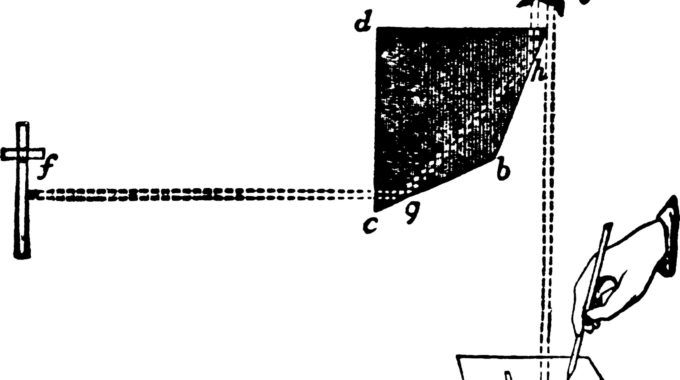
How Does A Camera Lucida Work?
What is a Camera Lucida?
A Camera Lucida, is a tool that artists like to use to make a quick sketch of something extremely accurate. It has been used for many, many years. It was first invented in October of 1807 by William Wollaston.
How does this work?
There is a piece of glass that is placed and tilted at a 45-degree angle. So, when you look down into it, you can see what is directly on the bottom. But, you also get to see a reflection of what is in front of you. Thus, creating the perfect sketching outcome. That way, you don’t have to try and sketch something without moving around a lot, and it is a lot more accurate since you have it almost directly onto your paper.

How do you use it?
It’s effortless. All you have to do is tilt the Camera Lucida until you can see what’s directly in front of you without having to look up. You do this by looking into the open slot and adjusting the angle and height of your Lucida.
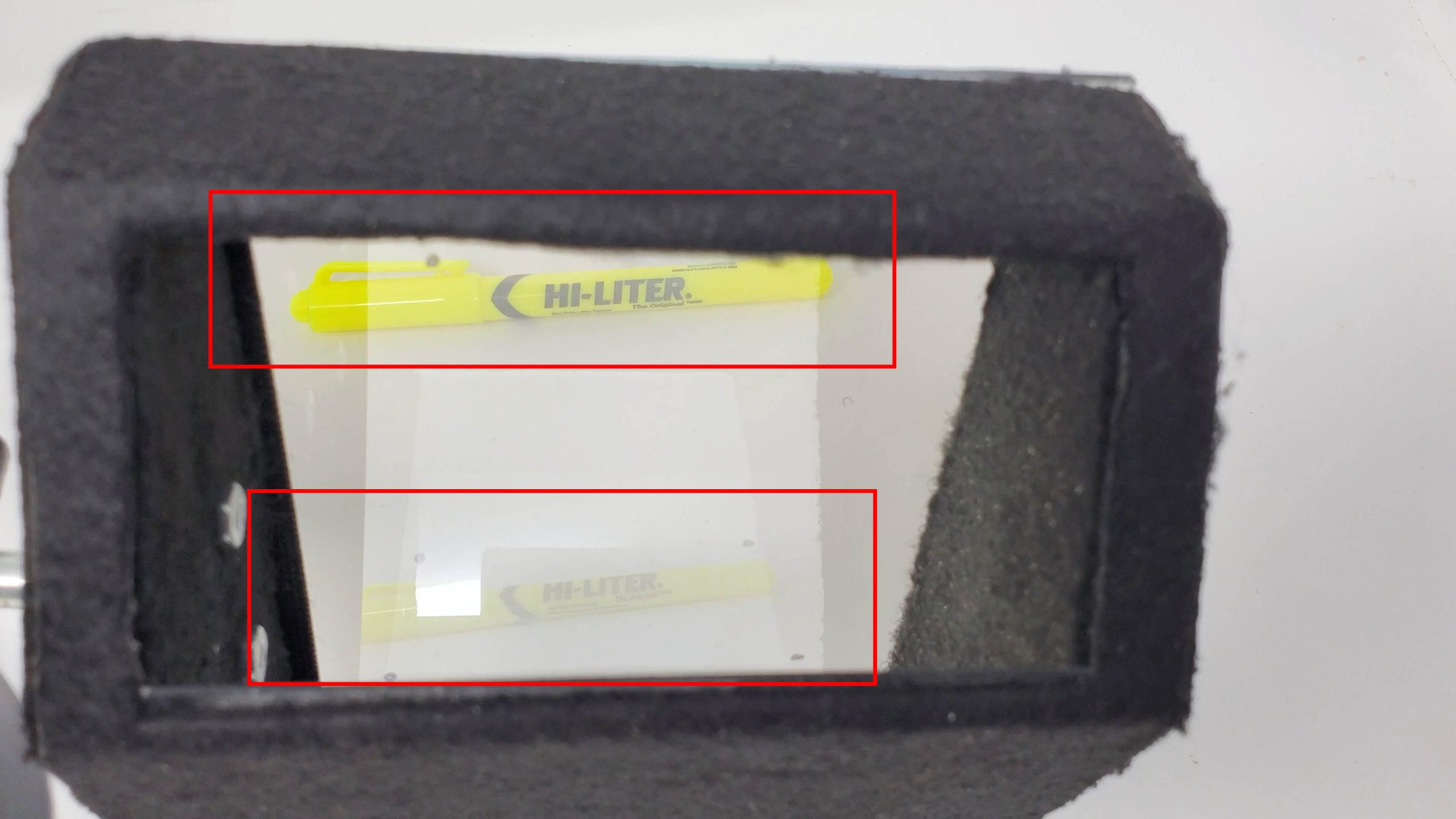
A camera Lucida is not to be confused with a Camera Obscura. A Camera Obscura is a dark box with a small hole, that allows an object to be viewed both rotated and flipped.
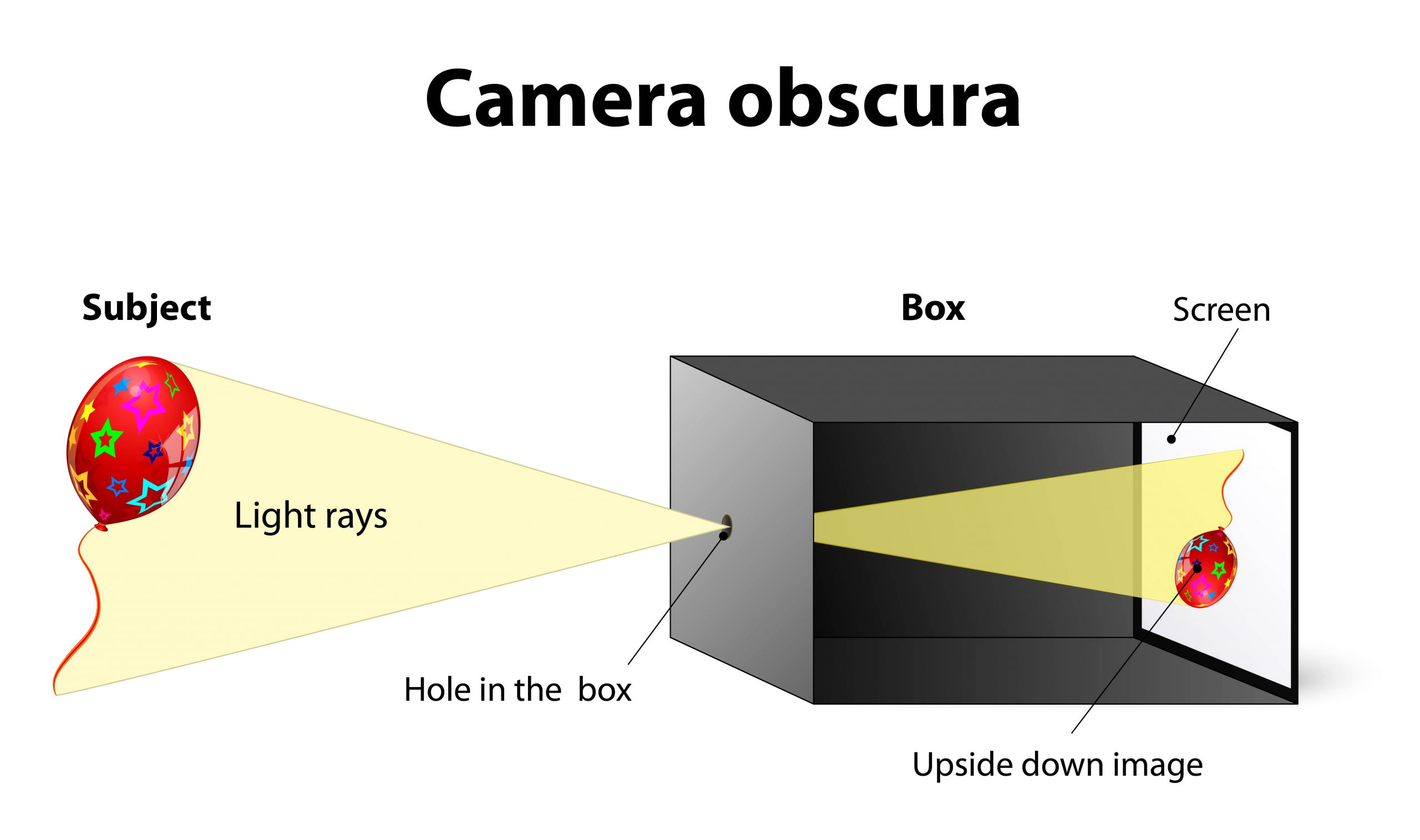
A Camera Lucida, has been remade and recreated in a variety of ways since its original creation. You can now use a glass piece to transfer an image from your phone onto a piece of paper to sketch from. It is a great tool to use! Check out a new type of Camera, Lucida! Place your phone or tablet parallel to the glass, and sketch any image off of the internet! Etchr Mirror
Step 1:
Place your Camera Lucida onto a flat surface.
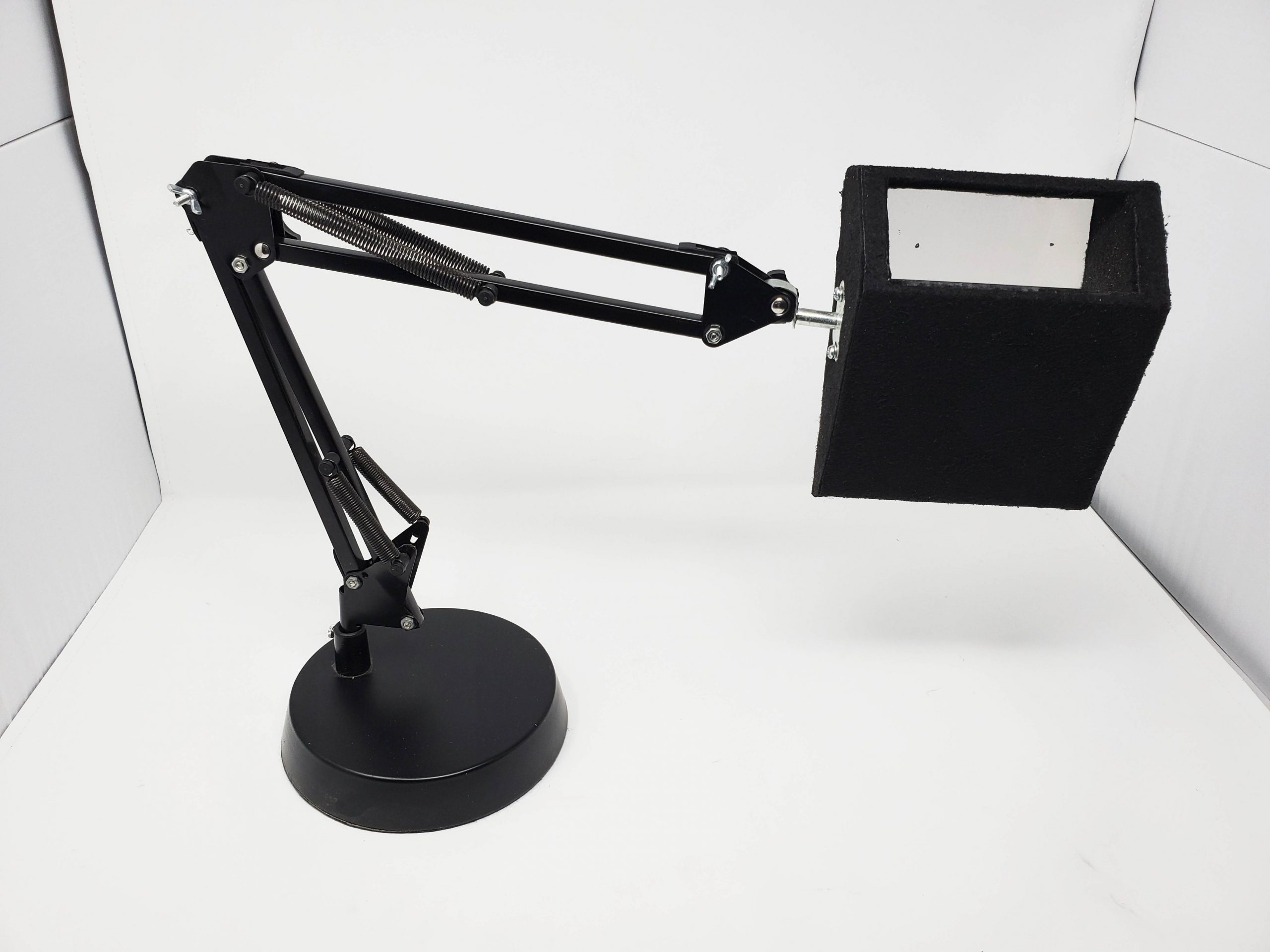
Step 2:
Place your desired canvas under the Camera Lucida.
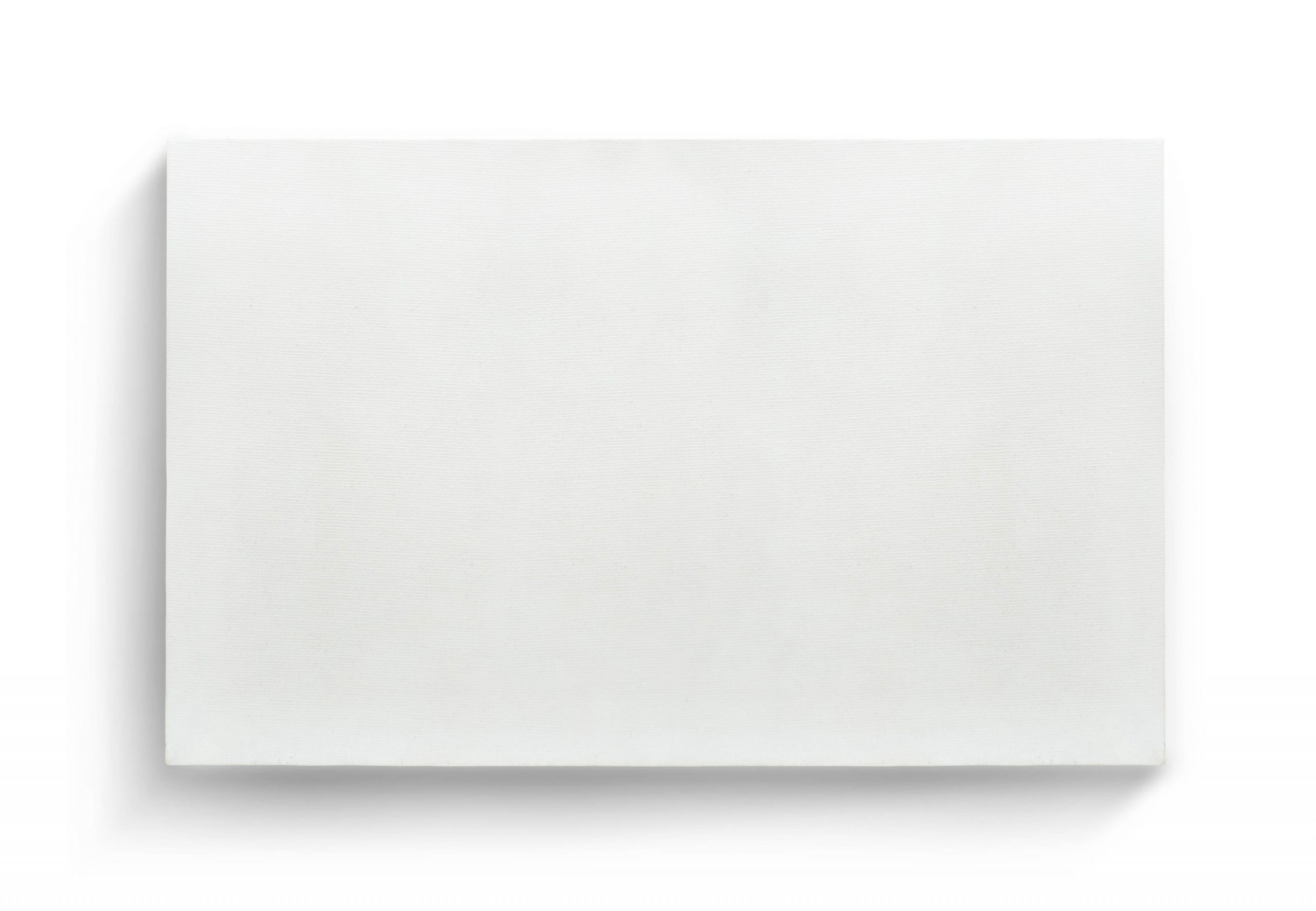
Step 3:
Look into the open slot of your Lucida.
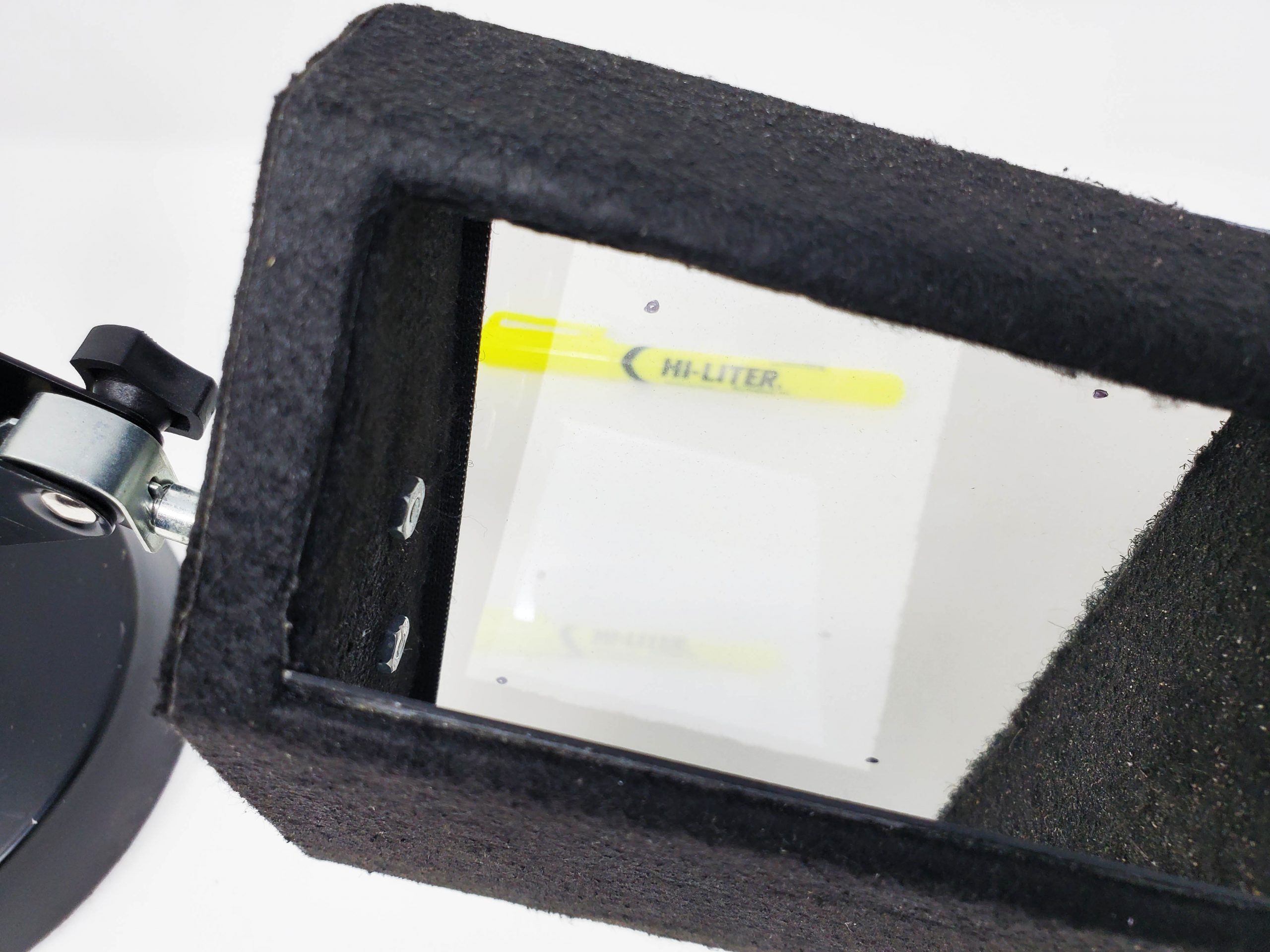
Step 4:
Adjust the position of the camera Lucida until you can see the object you are wanting to sketch, and the canvas below it at the same time.

Step 5:
Start Sketching! It’s as easy as that!
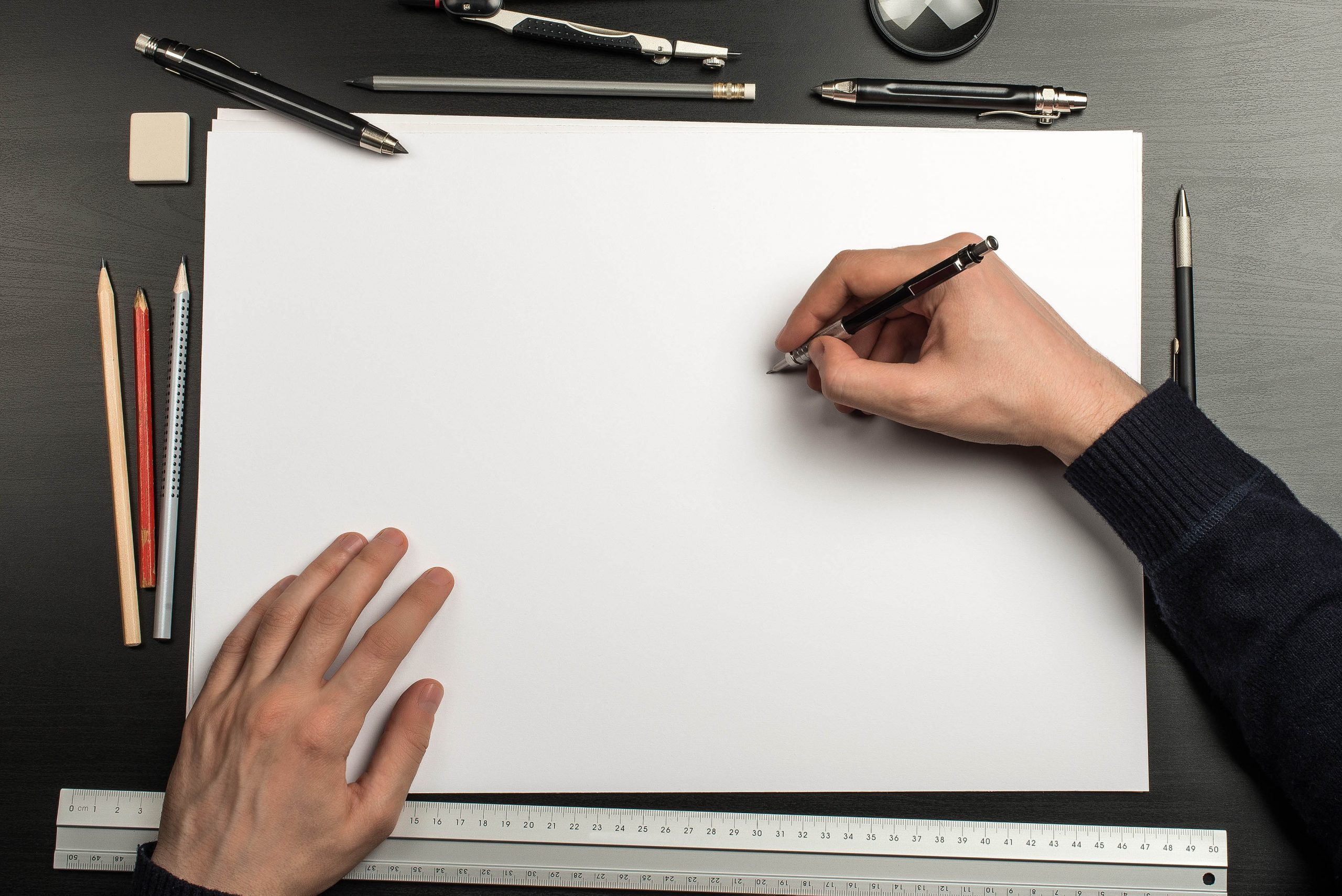
Making your own? Here are a few tips!
The type of mirror you use is essential. You want to make sure that you have the most precise reflection. Using a Front Surface Mirror (AKA a First Surface Mirror) would be your best option. The optical quality provides the most accurate reflection. The glass that you use in the front is essential too. A great glass to use would be the dielectric beamsplitter. A stereoscopic mirror provides a tint-free, undistorted image.
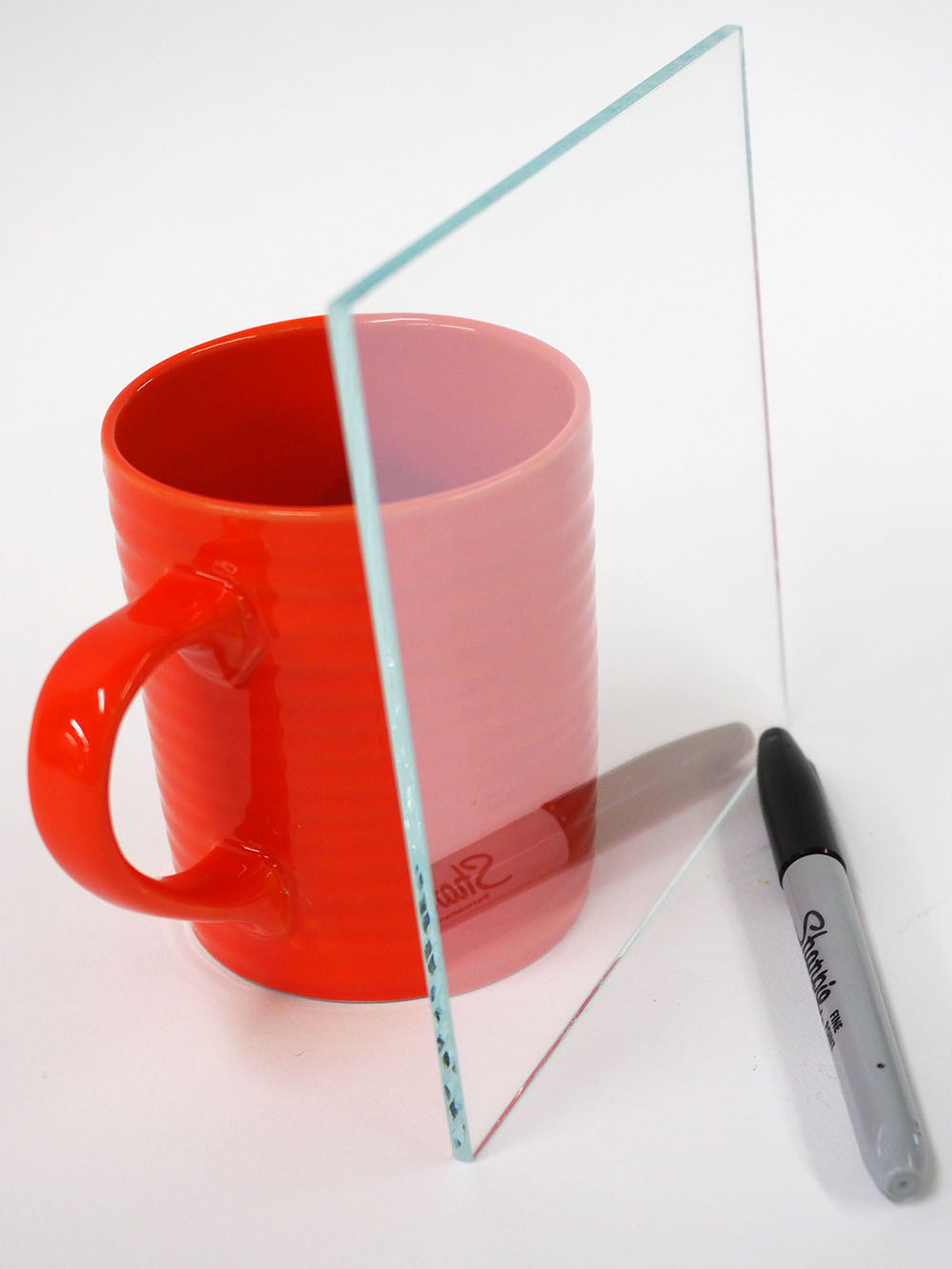
Dielectric Beamsplitter mirrors provide great quality, and reduce the double image (also known as “ghosting” image) that can confuse the artist and mix up the lines.

First Surface Mirrors provide a sharp reflection, and do not have a gap like standard mirrors do.
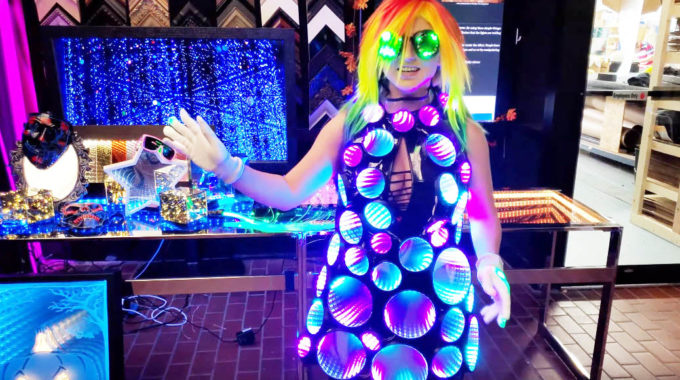
This Post Has 0 Comments